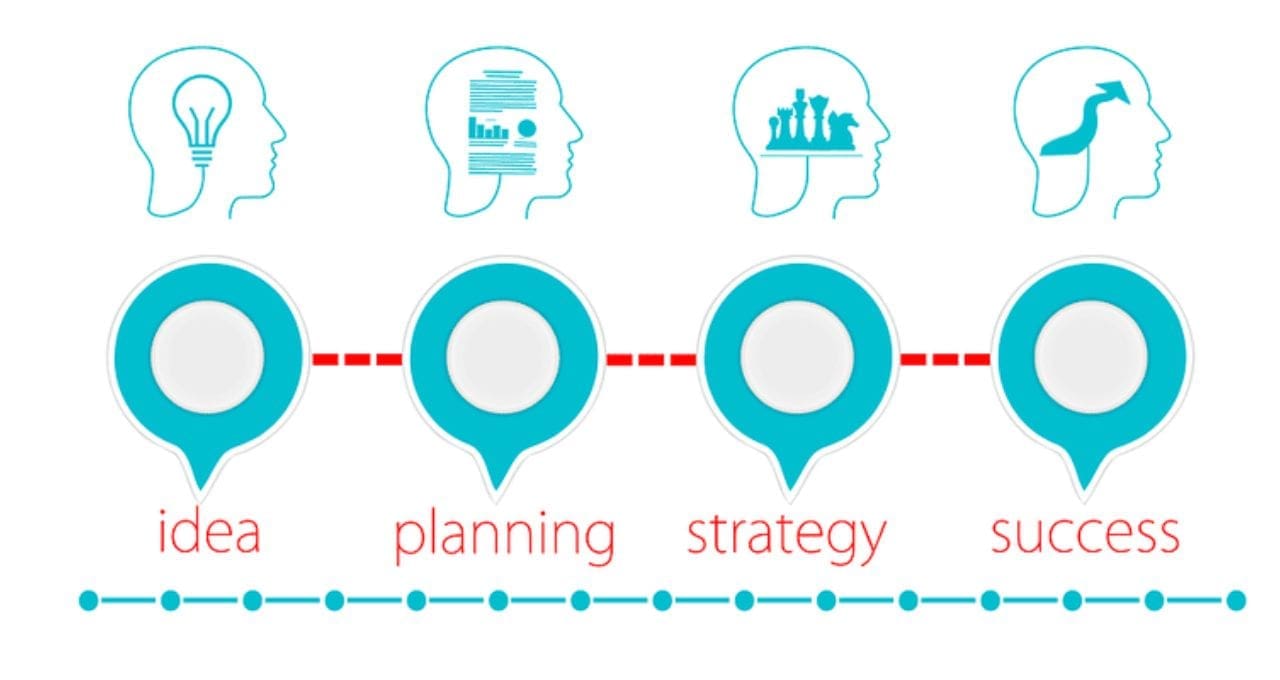Although the gross domestic product (GDP) growth rate for fiscal 2022–2023 (FY23) was maintained by India’s National Statistical Office (NSO) in its second advanced estimates (SAE), India Ratings and Research (Ind-Ra) believes there are downside risks to this estimate and the actual GDP growth may be lower—around 4%. In the fourth quarter (Q4) of FY23, GDP grew by 5.1%.
The pent-up demand that had given the GDP a boost is normalising, exports that had been strong are encountering challenges from the slowing global economy, and credit expansion is dealing with tighter financial conditions, according to a release from Ind-Ra.
According to the third quarter of FY23, the annual GDP growth fell to a three-quarter low of 4.4%. newest NSO projections Analyst Paras Jasrai stated that “Ind-Ra anticipates the annual GDP to come in at approximately 4%” for Q4 FY23. If Q4 FY23 growth is less than expected, FY23’s GDP growth could be less than 7%. The decrease in economic growth was expected, even if the year-over-year (YoY) increase was less than Ind-prediction Ra’s of 5.1%. The value of production, or gross value added (GVA), increased by 4.6% YoY in Q3 FY23.
In spite of the geopolitical and economic unrest, the growth momentum (quarter-on-quarter adjusted seasonally) remained strong at 1.2%, which is encouraging, Ind-Ra observed.
“The extended period of warm weather in the northern areas Throughout February 2023, output of wheat was the subject of worries. Moreover, the India Meteorological Service has issued a warning about the likelihood of extremely hot weather from March to May 2023. This may have an impact on the agricultural output, which the NSO projects will increase by 4.3% YoY in Q4 FY23, as well as maintain high levels of inflation. According to Ind-Ra, this may have an effect on rural demand, which has been strained in the wake of COVID-19.
According to Ind-Ra, the industrial recovery is still nascent and hasn’t spread widely. Despite essential infrastructure industries rising at a three-month high of 7.0% YoY in December of last year, the industrial output growth came in at 4.3%.
Earlier, Ind-Ra has emphasised the dangers. resulting from the slowdown in manufacturing sectors that depend on exports within the manufacturing sector. A closer examination of the factory output statistics reveals a decline in the output of 11 industries that account for more than one-third of the manufacturing sector. As a result, manufacturing sector YoY growth in Q3 FY23 reached a nine-quarter low of 0.9%. All labor-intensive industries like those producing clothing, textiles, leather, and related goods were included in these sectors.
In January of this year, India’s exports of goods decreased by 6.6% YoY to $32.91 billion. This was the second month in a row that contractions occurred. According to Ind-Ra, the dismal exports of goods were a reflection of the weak manufacturing activity.
From $8.95 billion in January of last year, the global trade deficit significantly decreased to $1.26 billion in January. year. December of previous year saw a $6.65 billion increase.

